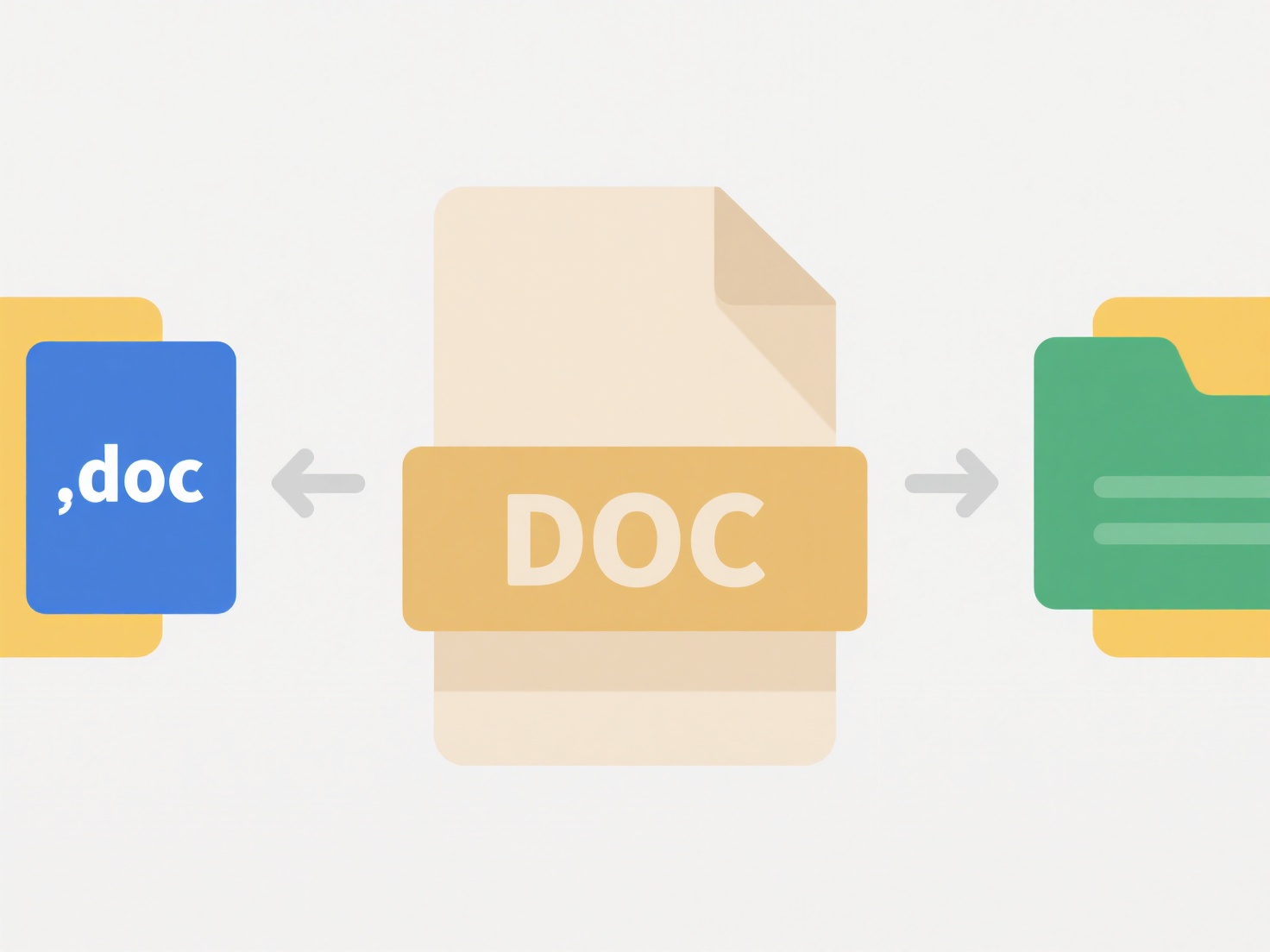
A .7z file is an archive format developed by Igor Pavlov that uses advanced compression algorithms (primarily LZMA and LZMA2) to significantly reduce the size of files and folders for storage or transfer. Unlike basic formats like ZIP, .7z often achieves much higher compression ratios, meaning smaller file sizes. Extracting files means decompressing the archived contents back to their original, usable state on your computer.
To extract files from a .7z archive, you need a decompression utility that supports this format. On Windows, the most common tool is the free 7-Zip program. After installing it, right-click the .7z file and choose "7-Zip" then "Extract Here" or "Extract to..." to specify a location. On Linux, the p7zip package provides command-line tools like 7z x filename.7z. Other tools like PeaZip, WinRAR, and some file managers on Linux and Android also support .7z extraction.

The .7z format offers superior compression efficiency, saving storage space and bandwidth. However, its primary limitation is the lack of native support in older Windows versions and macOS, requiring users to install additional software. This extra step can be a barrier for less technical users compared to widely supported formats like ZIP. Ethically, while compression itself is neutral, .7z archives, especially password-protected ones, can be used to conceal malware. Future trends involve continued inclusion in archiving tools and some operating systems gradually improving built-in support through libraries.
How do I extract files from a .7z archive?
A .7z file is an archive format developed by Igor Pavlov that uses advanced compression algorithms (primarily LZMA and LZMA2) to significantly reduce the size of files and folders for storage or transfer. Unlike basic formats like ZIP, .7z often achieves much higher compression ratios, meaning smaller file sizes. Extracting files means decompressing the archived contents back to their original, usable state on your computer.
To extract files from a .7z archive, you need a decompression utility that supports this format. On Windows, the most common tool is the free 7-Zip program. After installing it, right-click the .7z file and choose "7-Zip" then "Extract Here" or "Extract to..." to specify a location. On Linux, the p7zip package provides command-line tools like 7z x filename.7z. Other tools like PeaZip, WinRAR, and some file managers on Linux and Android also support .7z extraction.

The .7z format offers superior compression efficiency, saving storage space and bandwidth. However, its primary limitation is the lack of native support in older Windows versions and macOS, requiring users to install additional software. This extra step can be a barrier for less technical users compared to widely supported formats like ZIP. Ethically, while compression itself is neutral, .7z archives, especially password-protected ones, can be used to conceal malware. Future trends involve continued inclusion in archiving tools and some operating systems gradually improving built-in support through libraries.
Quick Article Links
How do I bulk edit permissions for many files?
Bulk editing permissions modifies access rights for multiple files or folders simultaneously, rather than individually. ...
How do I integrate cloud sync folders with local automation workflows?
How do I integrate cloud sync folders with local automation workflows? Common approaches involve syncing cloud-stored ...
Can I edit shared files offline?
Editing shared files offline refers to the ability to modify files stored on cloud-based services like OneDrive, Google ...